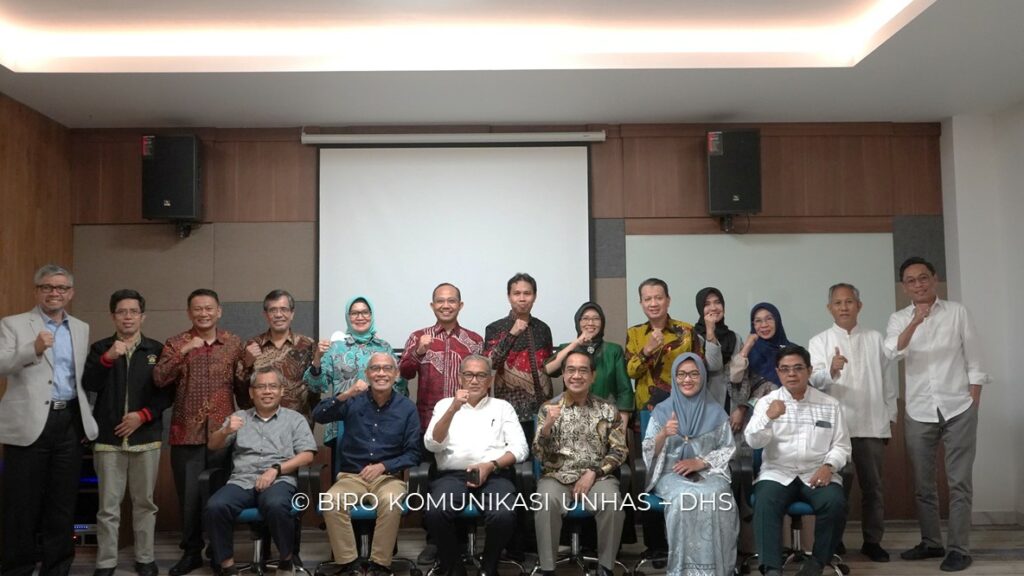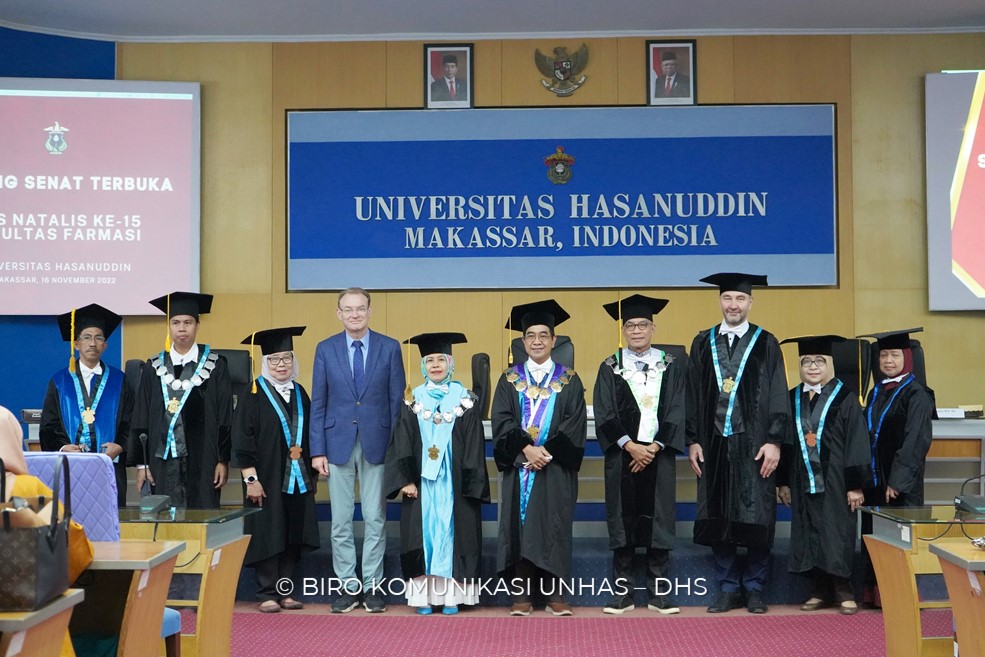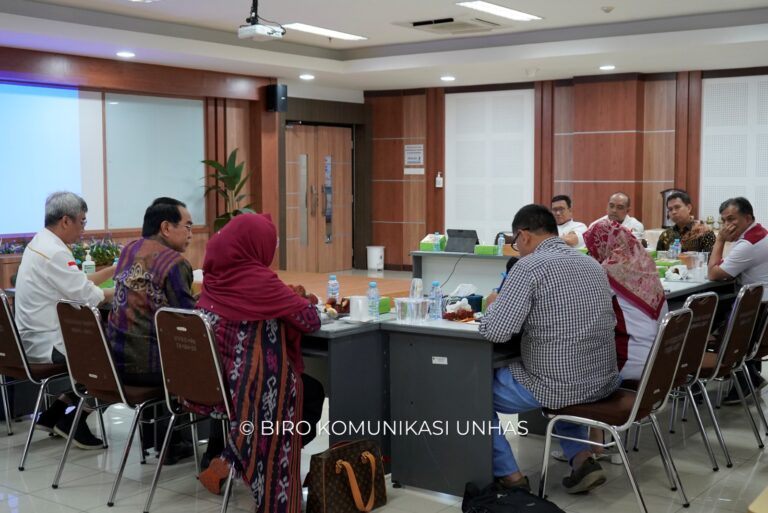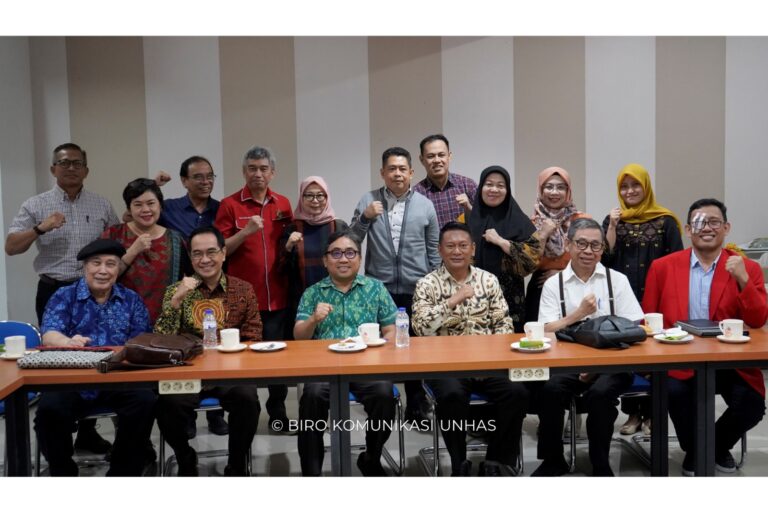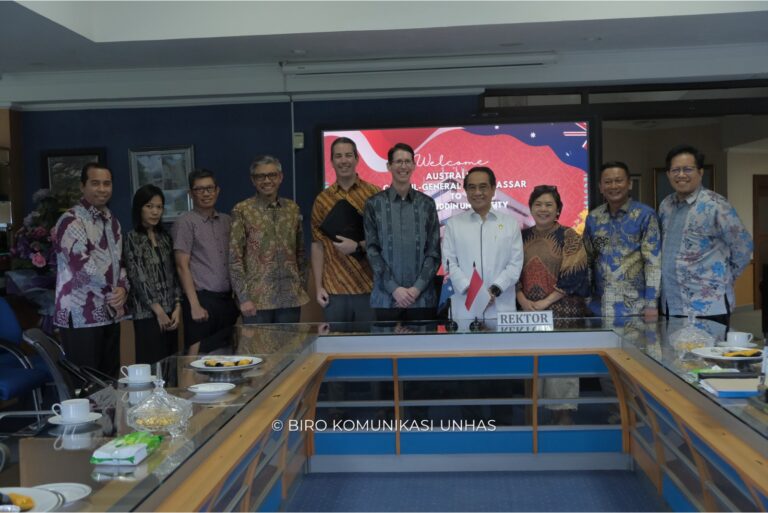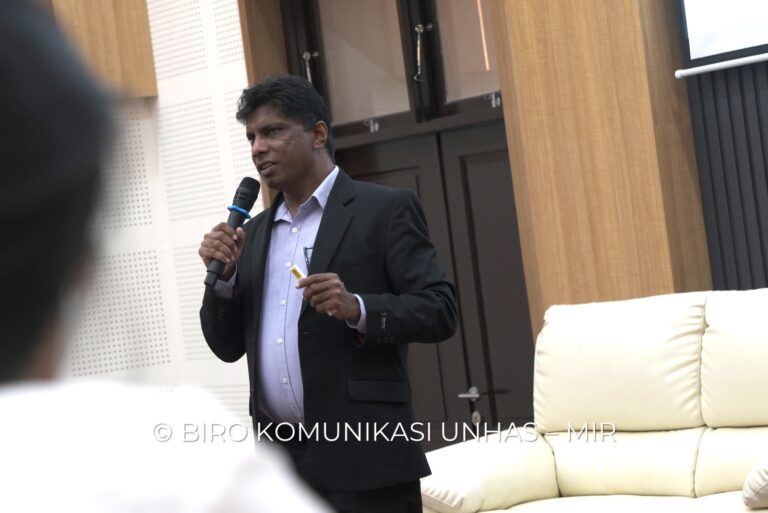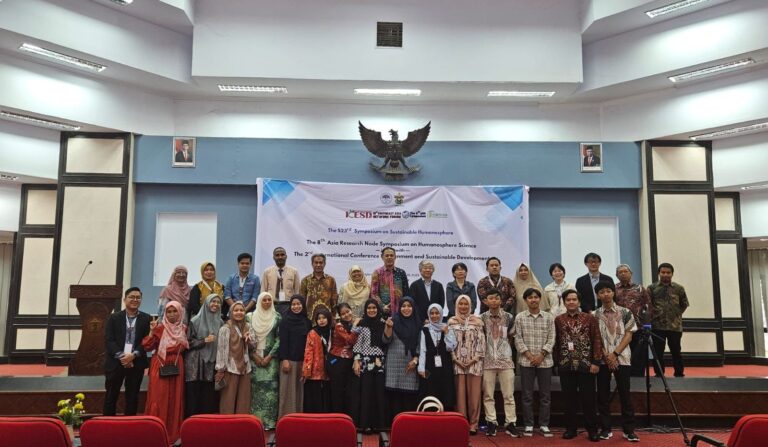The Faculty of Agriculture Universitas Hasanuddin (Unhas) held a public lecture at the 4th Webinar Series under the theme “A Brief Introduction to Phylogenomics and Molecular Dating”, which presented resource person, Professor Simon Ho (Professor of Molecular Evolution, School of Life and Environmental Sciences, University of Sydney).
The public lecture was conducted online at 08.30 WITA through Sunday’s Zoom meeting application (31/10).
The webinar was officially opened by the Vice-Rector for Research, Innovation and Partnership of Unhas, Prof. dr. Nasrum Massi, Ph.D., Sp.MK. In his remarks, he stated that the webinar had an exciting theme to happen further collaborative research between the academic community of the Faculty of Agriculture and international partners, especially with the resource person presented.
“This such event is certainly in accordance with the scientific development purposes, as well as one of the strategic steps to expand and build partnerships to support Unhas’ achievements towards World Class University,” Prof. Nasrum said.
On the same occasion, the Dean of the Faculty of Agriculture Unhas, Prof. Dr. Sc. agr. Ir. Baharuddin expressed his appreciation for holding this event, which presented molecular evolution experts as the resource person. He hopes that students can enlarge their horizons and understand the topics discussed, mainly obtained from the resource person’s experiences in the scientific research field.
At times, Professor Simon Ho explained the basic principles of Molecular Ecology, Evolution, and Phylogenetics. A phylogenetic tree shows relationships between various biological species or other bodies based on similarities and differences in their physical or genetic characteristics.
In the phylogenetic tree, leaves representing species, populations, individuals, or genes can be linked to nodes by way of branches (external branches). Branches represent the passage of genetic information between subsequent generations, while branch lengths indicate genetic changes or divergences.
“The particular branching pattern created by lineage splitting is called topology, which represents the evolutionary development of contemporary generations through progressive lineage branching,” Professor Simon explained.
Furthermore, Simon Ho explained ‘the molecular clock’, a molecular clock of evolution proposed in the 1960s and has undergone considerable change. The molecular clock describes the relationship between the rate of evolution and time, with the simplest clock model assuming that the rate of molecular evolution weight is constant across species.
He added that the molecular clock approach had evolved from a constant evolutionary rate assumption to a model of current rate variation across lineages. There is an increasing effort to incorporate fossil data into molecular dating through indisputable evidence and fossilized birth-death processes at 18 families, 45 species and 1550 exons.
After the presentation, the event was followed by a discussion session guided by Dr. Muhammad Junaid SP, MP., (Lecturer of the Faculty of Agriculture Unhas) as moderator. Approximately 120 participants attended the webinar.
Marningsih Sadik, S.S. and Kumara Tungga Dewa, S.S.
Editor : Ishaq Rahman, AMIPR

